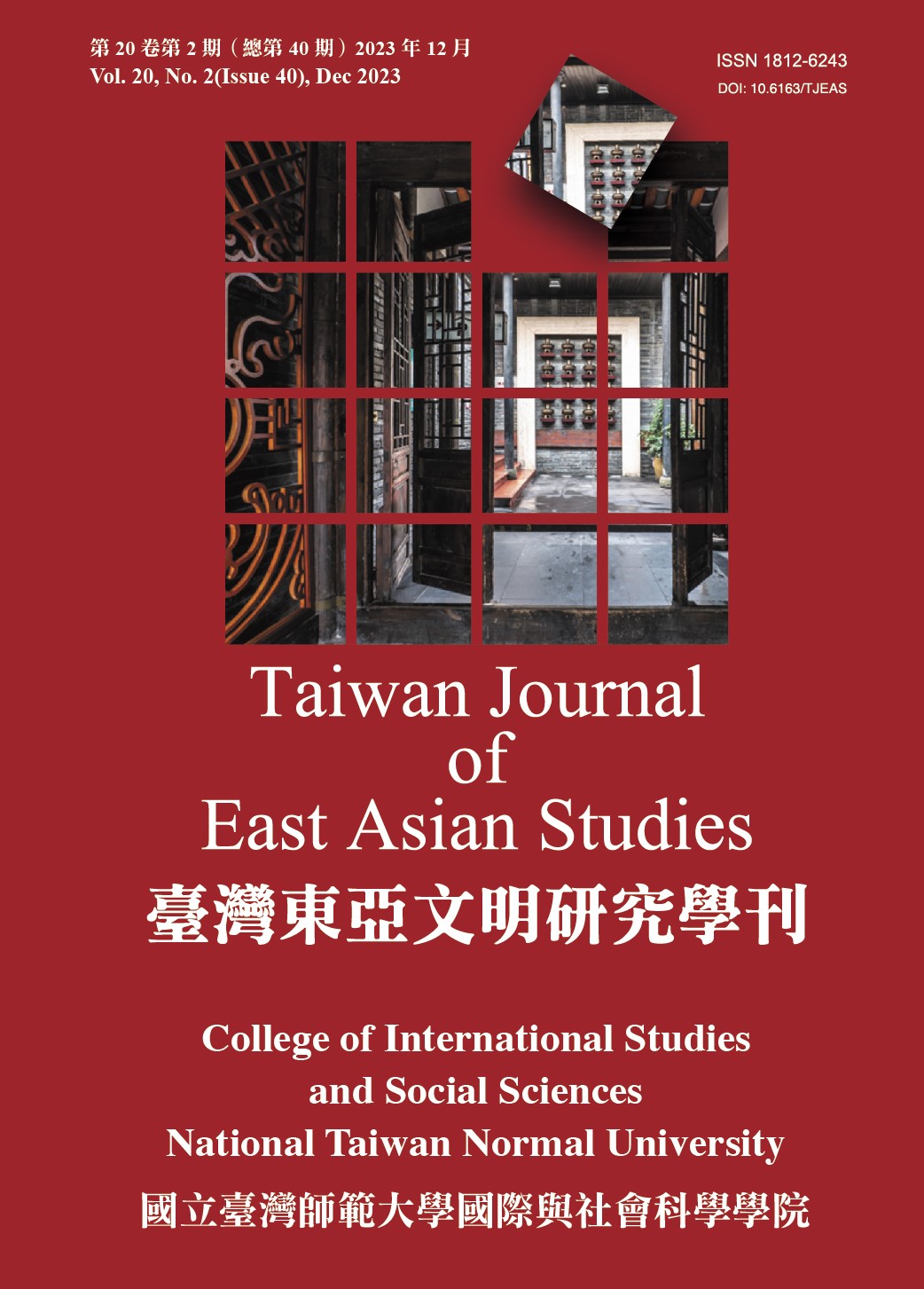Business Chinese Teaching and Learning in E-Commerce – Textbook Analysis & Perceptive
Keywords:
Business Chinese teaching and learning, textbook analysis, e-commerce, content analysisAbstract
The main research focus of this paper is the textbook analysis and teaching planning of e-commerce Chinese. The current cross-strait business Chinese-related research is mainly in the direction of general business. This article first proposes the theme of "e-commerce" as a sub-field of Business Chinese and CSP (Chinese for Specific Purposes). From a macro perspective, it examines a total of 143 business Chinese textbooks published by the two sides of the strait and the United States and the United Kingdom in the past 20 years. Among the 143 textbooks, there are only 31 textbooks containing units related to e-commerce. This study uses content analysis to label the content of 31 e-commerce texts. After triangulation, the study identifies 229 logs which further indicate the three most frequently mentioned e-commerce themes. They are the historical development and characteristics of e-commerce, the business model and cases of e-commerce, and the security and legal issues of e-commerce. The research result also shows the trend of content development in e-commerce throughout the past 20 years. At the end of paper, the authors make recommendations in developing the curriculum and material for teaching and learning Business Chinese of E-commerce.
References
近人文獻
大陸新聞中心:〈電子商務疫情間發揮強大動力〉,《聯合報新聞網》
年,取自2021年4月5日。
https://udn.com/news/story/7333/4848121。
仇鴻偉(主編):《商務漢語綜合教程4》(北京:對外經濟貿易大學
出版社,2010年)。
王思雨等:〈來華留學生使用漢語電商平台意願的影響因素調查研究—
基於南京市留學生問卷調查的實證分析〉,《中國市場》2016年第 20期(2016年5月),頁239-242 。
王淑華、郭曙倫(主編):《縱橫商務漢語.高級綜合教程2》(北 京:高等教育出版社,2012年)。
王惠玲、周紅(主編):《卓越漢語.商務致勝4》(北京:外語教學 與研究出版社,2012年)。
王群:《跨境電商專業英語》(上海:立信會計出版,2016年)。
台北市進出口商業同業公會:〈台灣企業用電商串起全球市場〉,《科 技橘報》,2020年(2020 年11月 2日),取自
https://buzzorange.com/techorange/2020/08/04/taiwan-business-into-ecommerce/。
未來流通研究所:〈2020臺灣「零售&電商」產業市占率英雄榜〉, 《電商產業》2021年,取自2021年8月17日,
https://www.mirai.com.tw/category/info/info-e-commerce/。
李欣欣:〈體驗式教學法於初級商務華語教學中的應用〉,《臺灣華語
文教學研究》,第12期,(2016年6月),頁43-66。
沈勤譽:〈店面、電商業績兩樣情,新冠疫情將成全通路分水嶺〉, 《未來商務新聞網》,2020年(2020年10月28日),取自
https://fc.bnext.com.tw/covid-19-omo-development/。
商研院電商資料庫:《東協市場電子商務現況》,2021年(2021年9月 10日),取自https://globalec.cdri.org.tw/info2/view/library/55/29。
國立台灣師範大學國語教學中心(主編):《實用商業會話修訂本I》 (台北:國立台灣師範大學國語教學中心,2001年)。
張芬芬:〈文本分析方法論及其對教科書分析研究的啟示〉。收入國家 教育研究院(主編):《開卷有益:教科書的回顧與前瞻》,(臺 北:高等教育出版社,2012年),頁161-197。
張莉萍(總編):《各行各業說中文2》(新北市:聯經出版社,2019 年)。
梁定澎:《電子商務:數位時代商機》(新北:前程文化,2018年)。
陳清海(Qinghai Chen):《求實商務漢語Business Chinese》第二版 (NY:Routledge,2019年)。
陳珺(主編):《縱橫商務漢語.中級閱讀教程2》(北京:高等教育 出版社,2013年)。
陳德來:《電子商務與網路行銷》(臺北:深石數位,2018年)。
楊日興:〈陸網購規模人民幣11.76兆,連八年稱霸全球〉,《工商時 報》2021年,(2021 年9月 10日)。
經濟部商業司:《2011中華民國電子商務年鑑》,(臺北:經濟部, 2011年)。
葉德明(主編):《遠東商務漢語III》(台北:遠東圖書公司,2016 年)。
劉世法:〈項目教學法在行業英語教學中的應用研究—以跨境電商英語 課程為例〉。《蘭州教育學院學報》,第3期,(2018年3月), 頁142-143。
歐用生:〈內容分析法及其在教科書研究上的應用〉,《教科書之 旅》,(臺北:中華民國教材研究發展學會,2005年),頁149- 170。
簡恆宇:〈8億5000萬消費者,市場大又具創造力〉,《風傳媒網》,
年,(2021年4月5日),取自https://www.storm.mg/article/3354284。
羅陳霞、朱彤(編):《新商務漢語精讀教程》下冊(北京:清華大學 出版社,2015年)。
欒育青:《商貿漢語閱讀與表達5》(北京:華語教學出版社,2012 年)。
Berg, B.L (ed), Qualitative Research Methods for the Social Sciences, 5th
Edition, ( Boston:Pearson Education, 2004).
Cramer-Flood, E, “Global Ecommerce 2020,” eMarketer,2020, Doi:
https://www.emarketer.com/content/global-ecommerce-2020
Denzin, D. and Lincoln, Y. S , “Methods of collecting and analyzing empirical
materials”, in K. D. Denzin & Y. S. Lincoln (eds.), Handbook of
qualitative research, (London:Sage, 1994), pp. 353-360.
Gilbert, R., “Text analysis and ideology critique of curricular content”, in S. de
Castell, A. Luke, & C. Luke (Eds.), Language authority and criticism:
Reading on the school textbook, (London:The Falmer Press, 1989), pp. 61-73).
Kalakota R. and Whinston, A.B. (eds.), Electronic Commerce:A Manager
Guide, (New York:Addison-wesley, 1997).
Krippendorf, K. (ed), Content analysis:An introduction to its methodology,
(Beverly Hills, CA:Sage, 1980).
Moore, James, “Business ecosystems and the view of the firm,” The Antitrust
Bulletin, 2006, Doi: 51. 10.1177/0003603X0605100103.


